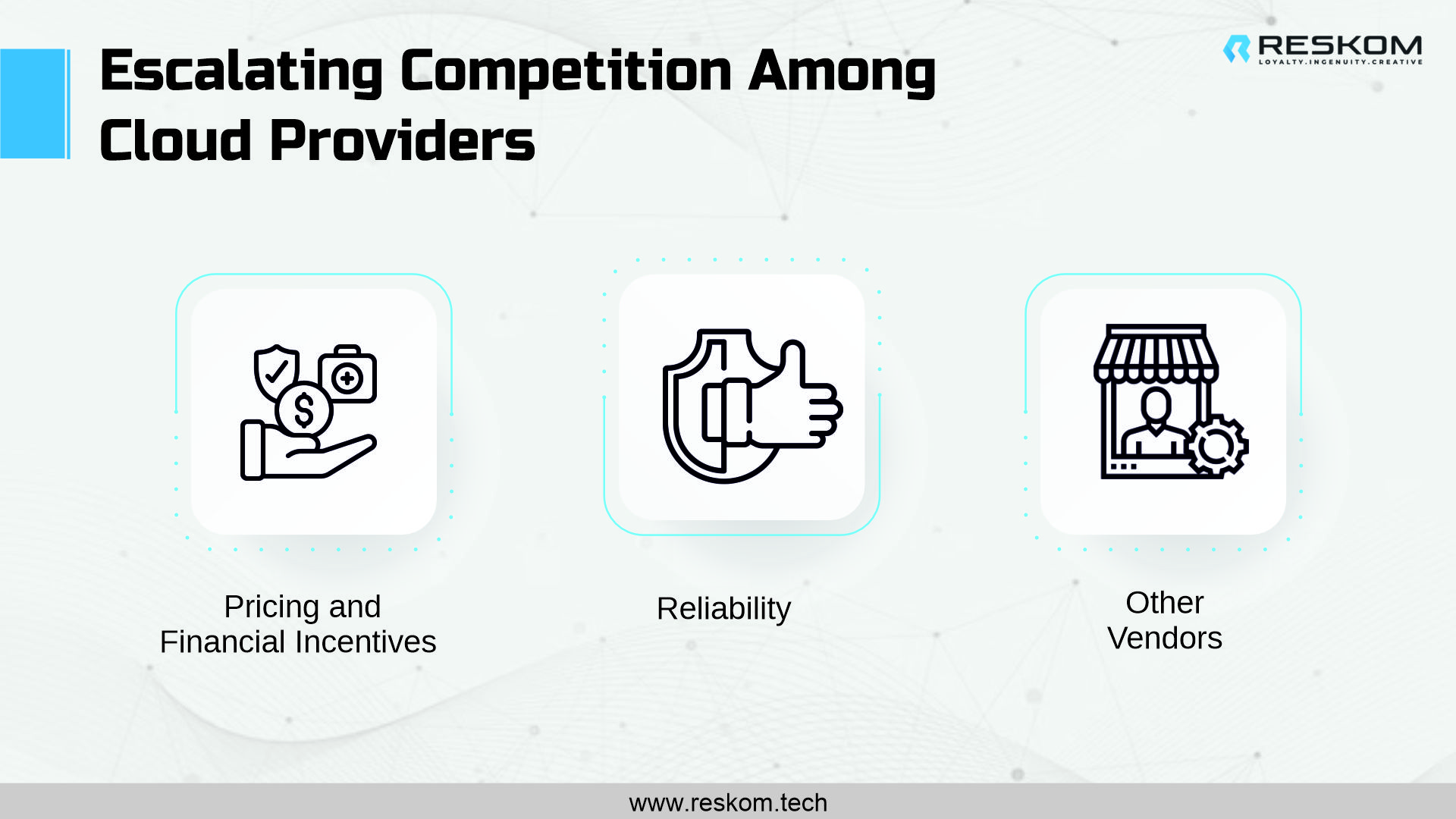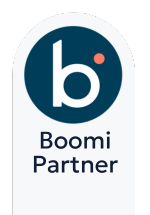Cloud computing continues to be a dynamic force driving transformative change in how businesses operate. As we delve into 2023, it is important to know the shifting trends in cloud integration that are influencing how organizations harness the immense potential of the cloud to enhance their operations.

The Era of Citizen Developers
Recent years have witnessed the emergence of a groundbreaking trend: the rise of “citizen developers.” These are individuals who may lack formal coding backgrounds but possess the ability to create customized automation and applications using low-code or no-code platforms.
Pioneered by industry giants like Microsoft and AWS, user-friendly tools such as Power Apps, Power Flow, Power AI, and Power Builder empower individuals to create complex applications through intuitive drag-and-drop interfaces. Expect to see an influx of similar tools from other cloud providers, democratizing app development and allowing a broader audience to harness the power of automation.
Advancements in AI and Machine Learning
Artificial intelligence (AI) and machine learning (ML) have been integral to the cloud landscape for some time, but their significance continues to grow. Cloud providers like AWS, Google, and IBM are making substantial investments in machine learning technology, broadening their AI offerings.
Google’s introduction of Google Lens, for instance, allows users to obtain real-world information through their device’s camera. This technology is poised for integration into other Google products, further enhancing the user experience. IBM remains at the forefront of AI and ML, propelling substantial shifts in computing methodologies.
AI and ML adoption in the cloud is revolutionizing various industries, from healthcare and finance to marketing and customer service. Cloud providers are working diligently to make these technologies more accessible, cost-effective, and user-friendly, enabling organizations to tap into data-driven insights for more informed decision-making.
Streamlined Automation for Efficiency
When executed effectively, automation can augment efficiency, enhance system quality, and mitigate the risks associated with downtime. As investments in citizen developer tools and AI expand, cloud providers are introducing a broader array of automation solutions.
These automation tools assist organizations in streamlining their cloud operations, encompassing everything from resource provisioning and scaling to security management and compliance. By curtailing manual interventions and repetitive tasks, companies can ensure the seamless and secure functioning of their cloud environments, minimizing human errors.
The Ongoing Data Revolution
The cloud has already evolved into a pivotal hub for data storage and analysis. Yet, as we surge ahead, the scale of data processing and analysis is poised to reach unprecedented levels. Extensive data volumes will be processed using graphics processing units (GPUs) to enable massive parallel computing. This transformation will overhaul the dynamics of data computation, storage, and utilization.
This trend necessitates the development of novel computer architectures, as conventional CPUs are incapable of efficiently handling processing across multiple distributed nodes. GPUs, in contrast, can be configured to execute parallel processing across clusters of machines, rendering them ideal for real-time data analysis.
In effect, organizations will need to run myriad algorithms in parallel across machine clusters to facilitate real-time analyses and insights. This transformation will steer the development of more data-intensive and sophisticated business systems, shaping how companies engage with data.
Escalating Competition Among Cloud Providers
Competition among major cloud providers, such as AWS, Microsoft Azure, and Google Cloud Platform, is intensifying.
- Pricing and Financial Incentives: Cloud providers are striving to break down investment barriers by offering more cost-effective pricing models. Pay-as-you-go and per-byte pricing are supplanting traditional subscription models, providing greater transparency and flexibility for customers.
- Reliability: Cloud providers are consistently improving the reliability of their services. Uptime, data security, and disaster recovery capabilities are being augmented to meet the demands of businesses that rely on the cloud for mission-critical operations.
- Other Vendors: Beyond the major players, other cloud providers are entering the market, offering unique solutions and catering to specific niches. This diversity in offerings furnishes businesses with an array of choices and tailored solutions.
The Rise of Multi and Hybrid Cloud Solutions
Multi-cloud and hybrid cloud solutions are rapidly gaining prominence in the business landscape. These solutions enable organizations to distribute their workloads across multiple cloud providers and on-premises infrastructure. Such an approach allows companies to harness the strengths of different cloud providers while retaining control over their data and applications.
The Imperative of Cloud Cost Optimization
As the number of cloud users surges, cost management has evolved into a pivotal concern for businesses. Consequently, cloud providers are focusing on developing tools and services to help customers manage costs more effectively. These cost management tools include cost monitoring, budgeting tools, instance sizing recommendations, and reserved instance options. With these tools, users can optimize their cloud expenditures and ensure they derive the utmost value from their investments.
The Emergence of Edge Computing
Edge computing is an emerging trend that entails the relocation of computation and data storage closer to the devices and sensors that generate data. This strategy diminishes latency and bandwidth requirements, facilitating swifter and more efficient data processing. Edge computing is especially pertinent for applications necessitating real-time data analysis, such as autonomous vehicles, IoT devices, and augmented reality.
The Increasing Significance of Disaster Recovery in the Cloud
Disaster recovery solutions in the cloud have become indispensable for businesses. More organizations are shifting their operations to the cloud, heightening the need for robust disaster recovery plans. Cloud providers are crafting solutions that enable businesses to swiftly recuperate from disruptions brought about by natural disasters or cyberattacks.
Conclusion
The cloud integration landscape is a dynamic arena, characterized by ever-evolving trends and technologies that are reshaping how businesses capitalize on the cloud’s transformative capabilities. From the democratization of application development to the growing importance of AI and ML, the cloud is evolving into a more accessible and potent resource.
Automation, data processing, and cost optimization are streamlining cloud operations, while the escalating competition among cloud providers is fueling innovation and cost-efficiency. Multi and hybrid cloud solutions, edge computing, and disaster recovery are equipping businesses with the flexibility and resilience required to excel in a constantly shifting world.
RESKOM, a leading cloud integration provider, excels in offering cutting-edge cloud solutions that align with the evolving trends in the industry. With a strong commitment to streamlining operations, RESKOM empowers clients with automation, efficient data processing, and cost optimization, ensuring that they remain agile and competitive in an ever-changing business landscape.


